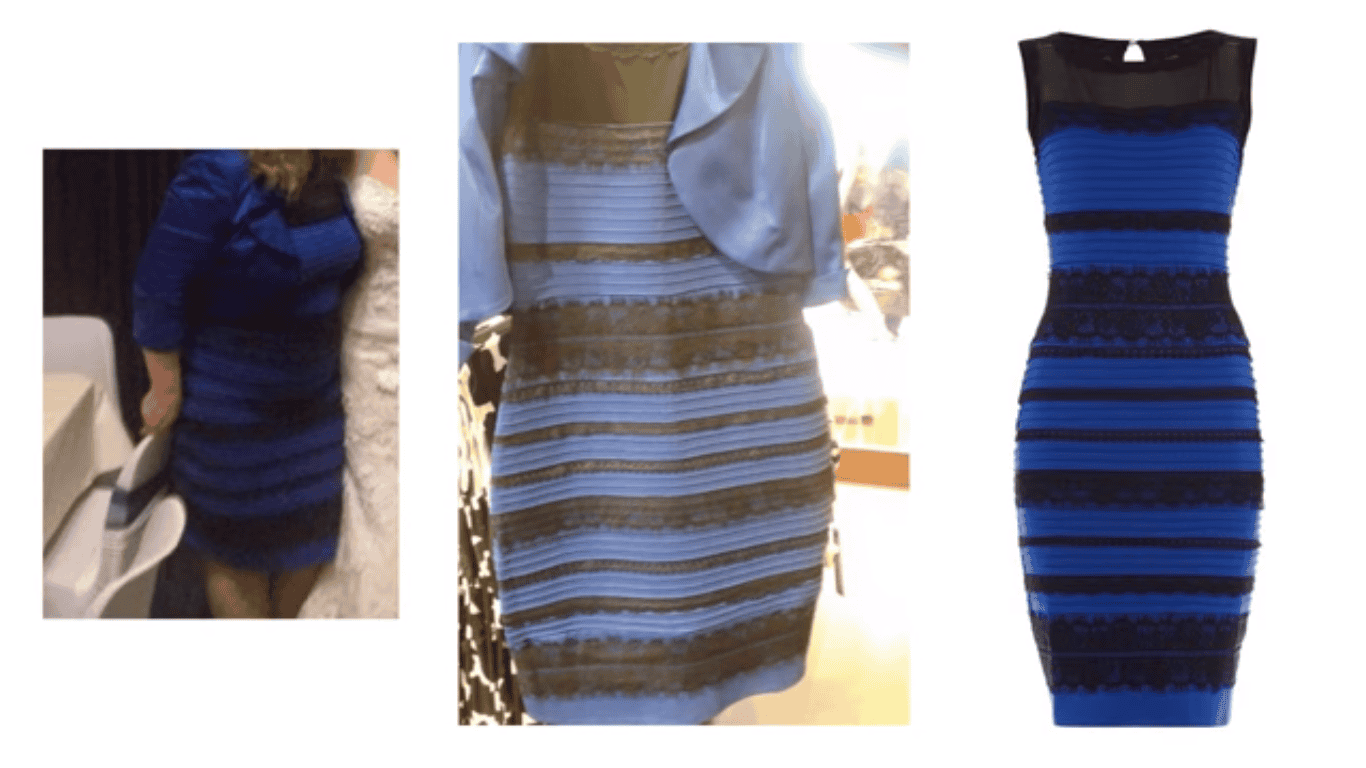Remember the infamous dress that sparked an unforgiving hullabaloo on the internet? Is that white and gold or blue and black? While there was no shortage of pseudo-scientific comments on the issue, now legit researchers have actually published a study in a bid to resolve the crisis.

The findings were published in the journal Current Biology which suggested the perceived difference in the color was directly related to how our brains perceive colors in daylight.
This difference of color perception has been well-documented before, but “the dreaded dress” is certainly one of the most dramatic examples of the phenomenon, the researchers said.
“By studying the pair of colors in ‘The Dress,’ we can answer the age-old question: Do you see colors the way that I see them? And the answer is sometimes ‘No,'” Bevil Conway, a neuroscientist who teaches at Wellesley College and the Massachusetts Institute of Technology, said in a statement.
The study asked 1,401 people (313 of whom hadn’t seen the dress image before) about the color of the garment. Out of the people surveyed, 57 percent of the people described it as blue/black, with 30 percent describing it as white/gold. There were also people, 11 percent of them, who described it as blue/brown and 2 percent saw something else.
Conway concludes that the differences in color perception are the result of the assumption our brain makes out about the illumination of the objects and the source of their lightning; a property known as color constancy.
People who saw a white-gold dress assumed it was lit by daylight, so the brain ignored shorter, blue wavelengths. As for the people who perceived blue-black shade assumed artificial lighting and ignored longer red wavelengths. People who saw be blue-brown probably assumed neutral lighting, as said by the researchers.
Researchers also added that older people and women were more inclined to see the dress as white and gold, as opposed to blue and black. This is because older people and women are more inclined to be active during the day, while younger people and males spend more time around artificial light sources.
Watch the video below.
Comments
Post a Comment
Tell us what you think